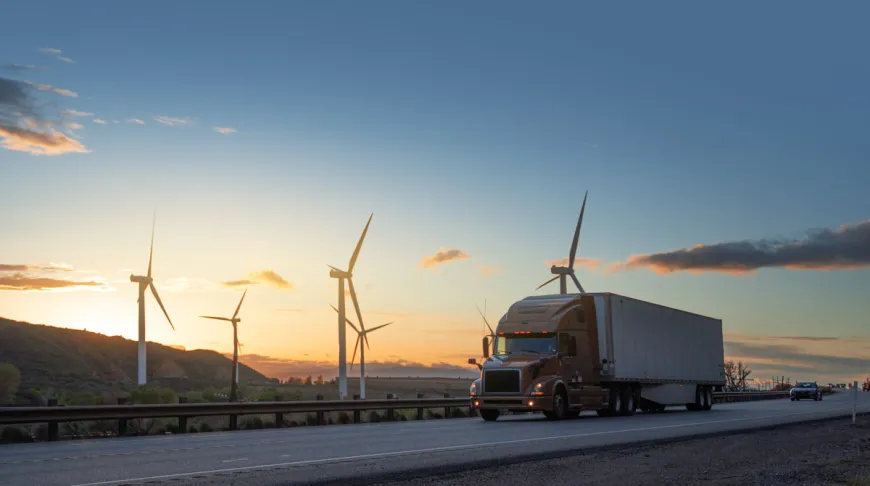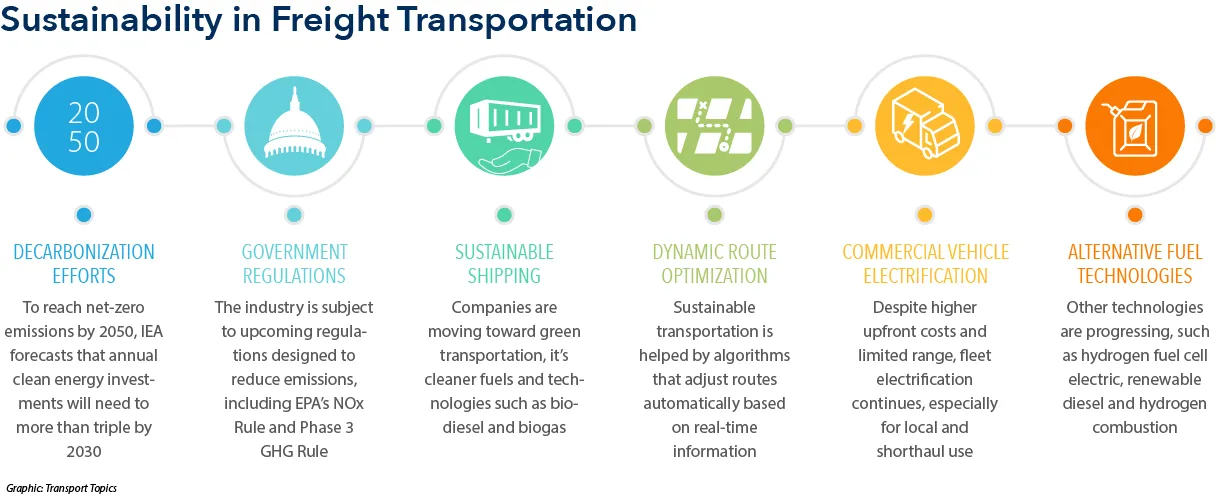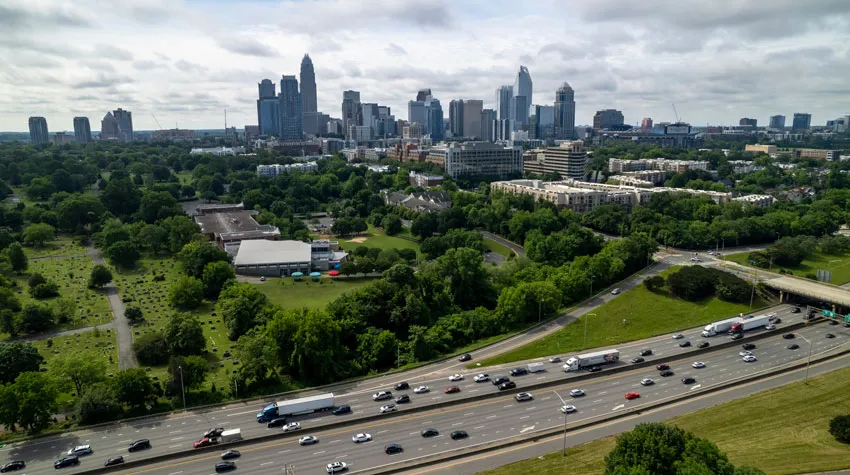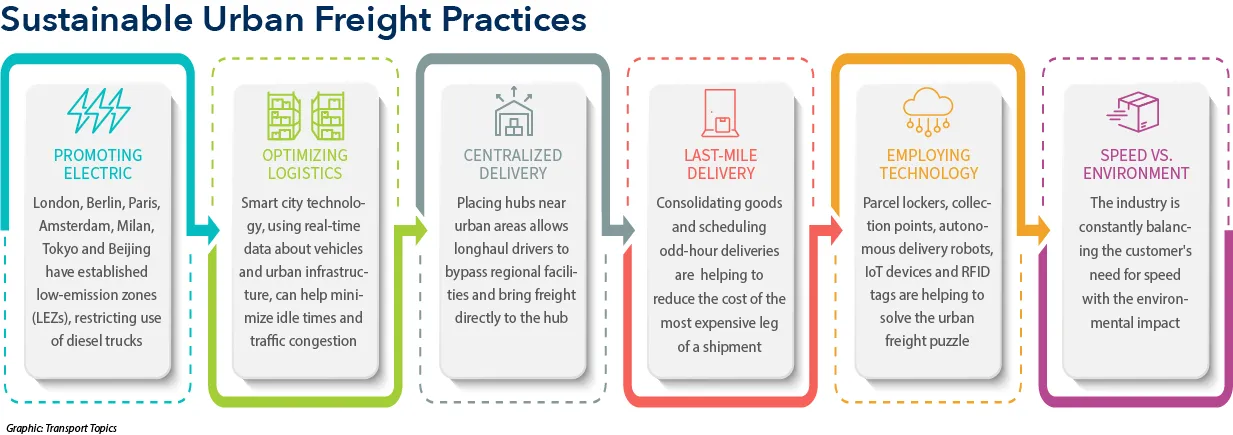Mobilizing sustainable transport for the development of net-zero supply chains requires a commitment to reduce emissions at each stage of the logistics process. This necessitates a rethinking of the supply chain for efficiency and sustainability. Navistar is doing that with the adoption of a sustainability code where every supplier in its supply chain is given a sustainability score with a goal of cutting emissions globally in half by 2030 and achieving net-zero emissions before 2050.
This process is challenging in itself. Companies trying to align practices with the United Nations’ 2030 agenda, for example, would need to meet 17 development goals and track 247 KPIs.
Economic Impact of Sustainable Transportation
The shift toward more sustainable transportation has a significant economic impact.
Sustainability in the transportation industry fosters innovation, providing companies with a competitive edge and generating employment opportunities — contributing to overall economic growth and development. This particularly benefits sectors such as clean energy and the manufacturing of electric vehicles.
It also enhances a company's value creation, market positioning, and consumer trust, impacting consumers' price sensitivity and market share. These decisions resonate with environmentally conscious consumers, further bolstering the company's brand reputation.
At the same time, a 2024 report from the Clean Freight Coalition projected the commercial vehicle industry would need to invest $620 billion in charging infrastructure to transition fully to electric trucks. This would also require an additional $370 billion to upgrade utilities and grids to accommodate the increased power demands. As such, it's likely that battery-electric vehicles will be just one of several technology pathways for decarbonizing trucking.
There are also macro and micro-level impacts of freight sustainability.
Macro-Level Impacts of Transportation Sustainability
Micro-Level Impacts of Transportation Sustainability
Electrification Advancements
PepsiCo Inc. and Estes Express were recently awarded Sustainability Pathfinder awards from Transport Topics in recognition of their efforts to curb emissions and eliminate waste in freight transportation. PepsiCo recently took delivery of an additional 50 Tesla Semis at its Fresno, CA facility along with 75 Ford E-Transit vans. Schneider celebrated one million zero-emissions miles carrying customer freight in November 2023 and currently has 92 battery-electric trucks in operation.
These initiatives are just a few examples of the many freight haulers trending toward becoming sustainable transportation companies.
UPS & FedEx Innovating Green Logistics
Both UPS and FedEx have made significant strides in sustainable transportation.
UPS has invested in a fleet of more than 13,000 alternative fuel and advanced technology vehicles, including electric, hybrid electric, hydraulic hybrid, ethanol, compressed natural gas (CNG), liquefied natural gas (LNG), and propane vehicles.
FedEx has designated $2 billion to focus efforts on vehicle electrification, sustainable energy, and carbon sequestration with a goal of carbon-neutral operations by 2040.
Transformative change requires a holistic approach that crosses industries and governments. While companies are redesigning supply chains to optimize for sustainability, there’s a significant cost to do so. Increasingly, businesses are making decisions about upstream and downstream supply chains based on sustainable practices.
Without substantive progress, the freight industry will increase emissions, especially with the continued growth of eCommerce. While Amazon reports that its carbon emissions dropped by 3% in 2023, much of these savings came from construction and equipment purchases, data center energy improvements and renewable energy credits.










